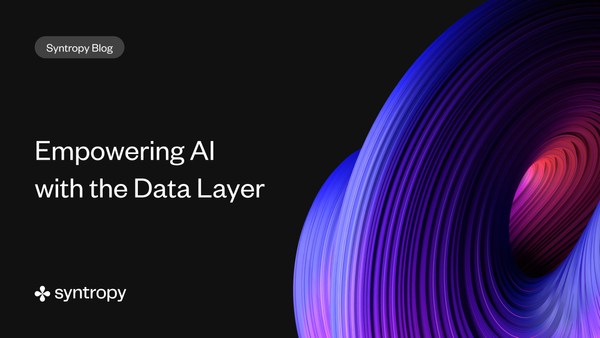In today’s technological landscape, the fusion of artificial intelligence (AI) and blockchain technology is reshaping industries and unlocking new possibilities for innovation.
At the heart of this convergence lies the Data Layer – a revolutionary protocol that facilitates seamless integration of AI with real-time blockchain data.The Data Layer serves as a bridge between AI algorithms and blockchain networks, offering instant access to reliable, tamper-proof data streams.
By harnessing the power of real-time data, AI applications can make instantaneous decisions, adapt dynamically to changing conditions, and drive predictive analytics with unparalleled accuracy.
One of the key advantages of the Data Layer is its ability to provide multi-chain support, allowing AI to tap into diverse datasets across various blockchain networks. This not only expands the reach of AI algorithms but also enhances their learning capabilities by exposing them to a wide range of data sources.
Moreover, the Data Layer addresses scalability challenges by efficiently handling large volumes of data across multiple blockchains. This ensures that AI applications can process and analyze real-time information without compromising performance or reliability.From automated trading strategies to predictive maintenance in IoT, the applications of the Data Layer are vast and diverse.
AI-driven innovations in healthcare, finance, cybersecurity, and supply chain management are all powered by the seamless integration of AI with real-time blockchain data.
As we continue to explore the potential of the Data Layer, it becomes clear that it is not just a tool for enhancing existing AI applications, but a catalyst for driving forward the next wave of technological breakthroughs. By empowering AI with real-time blockchain data, the Data Layer is paving the way for a future where intelligent, decentralized applications thrive.
#Web3 #Crypto $NOIA #Blockchain @Syntropynet #Syntropy
Visit us at syntropynet.com now
This news is republished from another source. You can check the original article here

